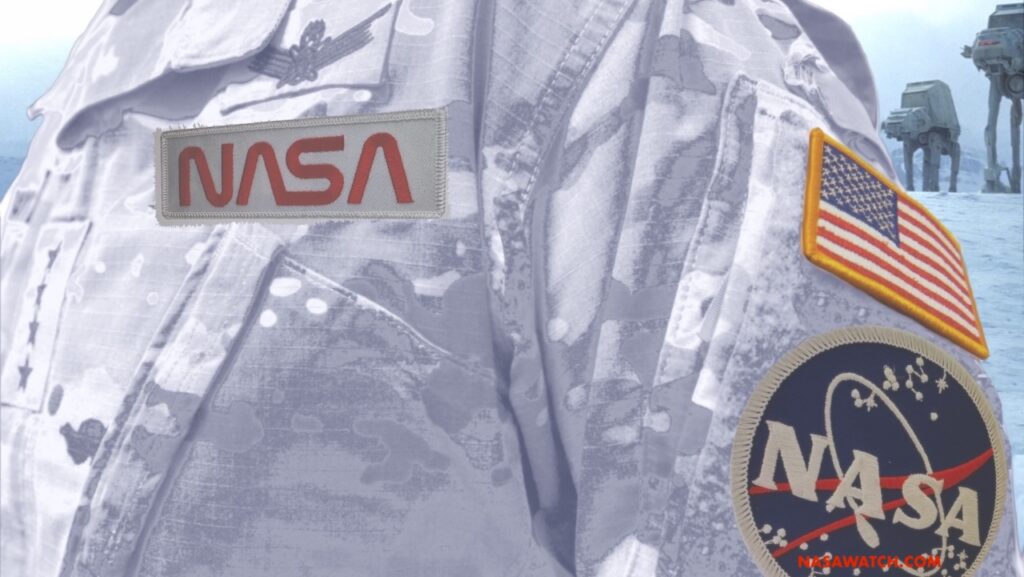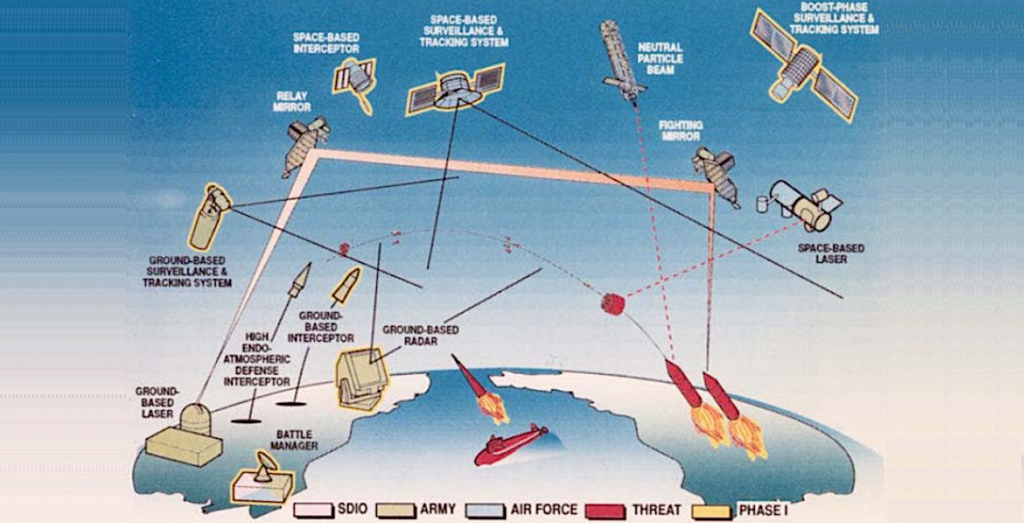Defense Space Strategy

Defense Space Strategy Summary June 2020
“The Department is taking innovative and bold actions to ensure space superiority and to secure the Nation’s vital interests in space now and in the future. Establishing the U.S. Space Force (USSF) as the newest branch of our Armed Forces and the U.S. Space Command (USSPACECOM) as a unified combatant command, as well as undertaking significant space acquisition reform across the DoD, has set a strategic path to expand spacepower for the Nation. It is a path that embraces space as a unique domain of national military power that, together with the other domains, underpins multi-domain joint and combined military operations to advance national security.”









“ensure space superiority and to secure the Nation’s vital interests in space now and in the future”
Recognizing current and possible future hostilities is the proper job of the Pentagon. And while any visibility improvement beyond terrestrial operations is a good thing in the long run, I’d have more confidence had USSPACECOM come from a Pentagon initiative.
From what I read it did…back during the Clinton Administration. It has allegedly been in discussion ever since.
Trump is out of his wheelhouse on military matters and he knows it. He seems to listen to them first before doing stuff…even if he doesn’t do what they recommend.
My understanding is a lot of the ideas originated at the USAF Air University.
https://www.airuniversity.a…
Yep, I can remember reading articles in AvWeek back in the mid-1990’s about people calling for the SF creation.
If recent events tell us anything it’s that Trump doesn’t mind one little bit taking credit for finishing up work that started under other administrations. Expect more of the same of course, but I suspect that he has the space bug and will continue to push to build other space infrastructure as well.
I don’t fault him for that. Sure, it seems egregious, but every President does it.
I think he can justifiably take some credit “from a certain point of view” :). Now, please. I am not trying to start a debate of good Trump/bad Trump, as that ocean is way too deep and churning way too much. I am focused solely on the creation of the Space Force.
My point is that while the idea for SF has been around for a very long time, it has not reached the Oval Office prior to the Trump administration. At least to the point where there was any direct, public, Presidential comments anyway. The SF has been a back of the back burner issue (for good reasons or bad) by every administration since Clinton’s.
So, in that sense, I believe Trump can take credit for taking the SF ball and running with it. It would not exist if he had not done that. Whether people agree that the creation of the SF is good (which I do) or bad is yet another debate, which I am not attempting to ignite. My main, and only, point is that Trump is the first president to push the creation of the SF, so in that sense he can legitimately take a bit of the credit.
It didn’t click with me until your comment, but I wonder what they mean by “space superiority.” I’d like to know if it is intended to be analogous to air superiority. That term means being able to use the air (aircraft) when every you want, no matter what an enemy does, and and equally solid ability to deny its use to an enemy. If space superiority means the same thing, in the same context, that means substantial ASAT and counter-ASAT capabilities.
I’d be more concern about denial of RF spectrum than ASATs. Chinese are good at producing lots of electronic systems in large quantities at low cost. They don’t need superior spacecraft, just cause problems in the RF spectrum. Analogy of how Germany countered the British Empire, not by making superior ships but countering it with another means (submarines).
“Chinese are good at producing lots of electronic systems in large quantities at low cost. They don’t need superior spacecraft, just cause problems in the RF spectrum.”
Which may well be a good reason for the SF and AFRL interest in laser coms demonstrations, as well as the announced interest by StarLink. There are many aspects to look at, from the spacecraft themselves, to their communications, to their logistical backup. As each stratagem is made operational, there will be incentive for opponents to introduce something else. This is a dance that has at *least* 2 partners, and the decisions are areas where, over any number of years, it is true that, “The Enemy Always Gets A Vote”.
No new launches by the Space Force will be necessary for this…they are already on Starlink.
I think I also read that they’ll be talking directly to Starlink, via laser, with their other orbital assets as well.
“No new launches by the Space Force will be necessary for this…they are already on Starlink.”
For the first moves in the dance, this is correct. Those will be *far* from the last strategic moves. Also, those comsats are about *one* of the three major constellations US Space Force should proliferate as its first steps. There is also Navs and Reconnaissance.
Remember that Xi Jinping intended his promises to his Party’s cadres to culminate in 2049. This was the date for revival of the old position of “The Central Kingdom” levels of dominance throughout China’s cultural sphere. We should realize that there will be *numerous* steps in the dance in between now and then.
It would also mean implementation of ground asset technologys to do the same and finding ways to harden and train those assets against interference or suppression by the orbital assets of a future enemy.
The present multidomain doctrine was Pentagon-grown. The need for combatant commands and force providers extends from that.